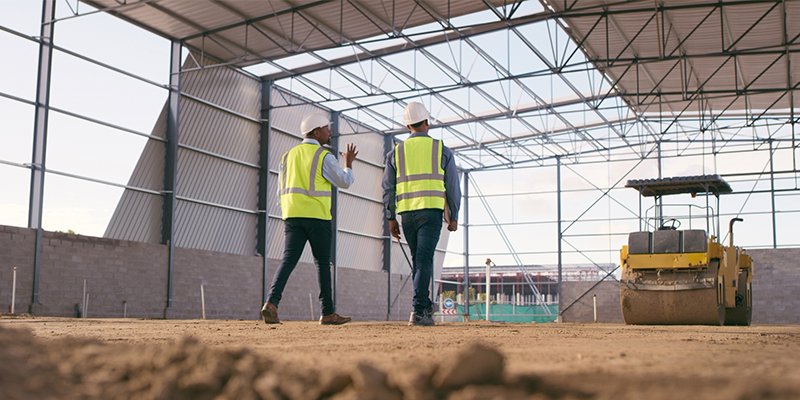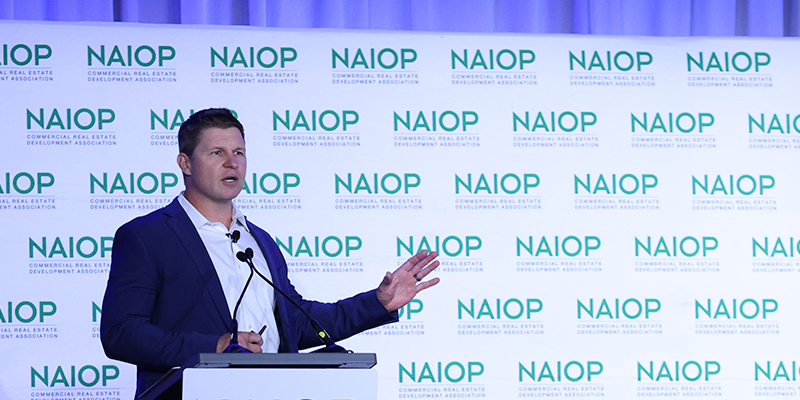Workplace changes resulting from the COVID-19 pandemic are sweeping us forward into an era of hybrid work, giving businesses a historic opportunity to rewrite the workplace rulebook.
Given predictions most employees will return to their offices by first quarter 2022, many leaders are considering not just when to invite people back to the office, but what exactly that means, and where it should happen.
Amid the lessons of mass remote work, organizational leaders adapted their processes, tools and resources to support new ways of working – and in turn, employees found new ways to be productive and thrive.
Yet the shared experience of day-in and day-out work-from-home life also revealed the office was not dead. Far from becoming obsolete, its vital role as a hub for social and collaborative interaction intensified in the wake of Zoom burnout. The monotony of even the best-appointed home offices, and the recurring “can you hear me now” technology dilemmas, have gotten on most workers’ last nerves.
Enter: the hybrid workplace. According to a recent Blue Skyre IBE survey of workplace leaders, 58% of respondents said they’ll allow employees to choose how many days to work remotely, while 48% plan to let employees to work remotely anywhere they choose.
The rest of the time, organizations must deliver a healthy, vibrant and experiential workplace where prize talent actually want to show up.
Achieving the right hybrid workplace, on the right timeline
To shape what is fast becoming a new hybrid normal, global firms from Coca-Cola to Deloitte are retooling workplace roadmaps as we speak. In a series of interviews with Unispace, business leaders said they want to normalize flexible working.
Most are going beyond simply laying out flexible schedules to rethinking how real estate can strategically fuel organizational performance. Should they relocate, expand or renovate to give employees the new experiences they need, while supporting business goals? Whatever the answer, the pressure is on to reinvent the workplace – and the sooner the better.
To achieve a hybrid workplace fit for your unique workforce, and at the speed and scale you need, it’s time to leave behind old ways of managing workplace change.
Conventional methods disperse workplace strategy, design, and construction initiatives across multiple management teams and companies. In a world of compressed timelines, that disjointed approach has become clunky, expensive and time-consuming. Instead, organizations can use an integrated approach to seamlessly blend these functions, driving process consistency, higher-quality outcomes and shortened project timelines.
Step one: Shape an experiential workplace strategy
A thriving hybrid workplace is one where your teams can connect, problem-solve, brainstorm and catch up with colleagues. It offers a space where staff feel supported both as professionals and as people.
It sounds like a tall order – because it is. But it’s worth the effort: Engaging employees in this new era of hybrid work during “the Great Resignation” can have a direct and profound impact on business goals. One simple key can unlock that big door: build your strategy around employee experience and create an environment they don’t want to leave.
So, what do your employees value in their professional environments? What inspires them most in a workspace, and what do they like most about working remotely? What ratio of in-person to remote work makes sense for different roles, in different departments? How can technology create equity between in-person and offsite colleagues?
Answering these questions is specific to your company; there is no one-size-fits-all answer. Collecting and distilling data is an important step as you begin your journey to achieving the strategy, design and ultimately construction of a thriving hybrid workplace.
Next steps: Design and deliver the experiential workplace of the future
COVID-19 has transformed the workplace landscape and the way people work. Flexibility is here to stay – and so are agile workplace strategies that give people a sense of connection and fulfillment.
“Our research indicates that the work environment will exist to satisfy our social and collaborative needs, as well as providing more private space for deep-thinking or ‘flow’ work – supporting the growing need for work environments that enable neurodiversity,” says Unispace’s Global Director of Strategy Albert DePlazaola. “Employees are far more likely to use their home office for more individual work, such as emails, online learning, spreadsheets, everyday administrative tasks, and more.This kind of hybrid work model repositions the work environment as an organizational asset as well as an idea and revenue generator, while providing employees much-desired flexibility and choice.”
We can achieve this ideal by putting people first, from workplace strategy through the design and construction processes.
In the next two posts in this hybrid workplace series, we’ll explore designing and delivering the experiential workplace of the future.
COVID-19 has changed the workplace as we know it – and that’s a good thing. Like in other times of unprecedented chaos, we have a historic choice to make: Replace the old, with the old…or rise from the ashes to build a stronger, more resilient vision of the future of work.
Read Part 2: Designing the Experiential Workplace of the Future
Read Part 3: Six Ways to Reduce Risk on Office Construction Projects








